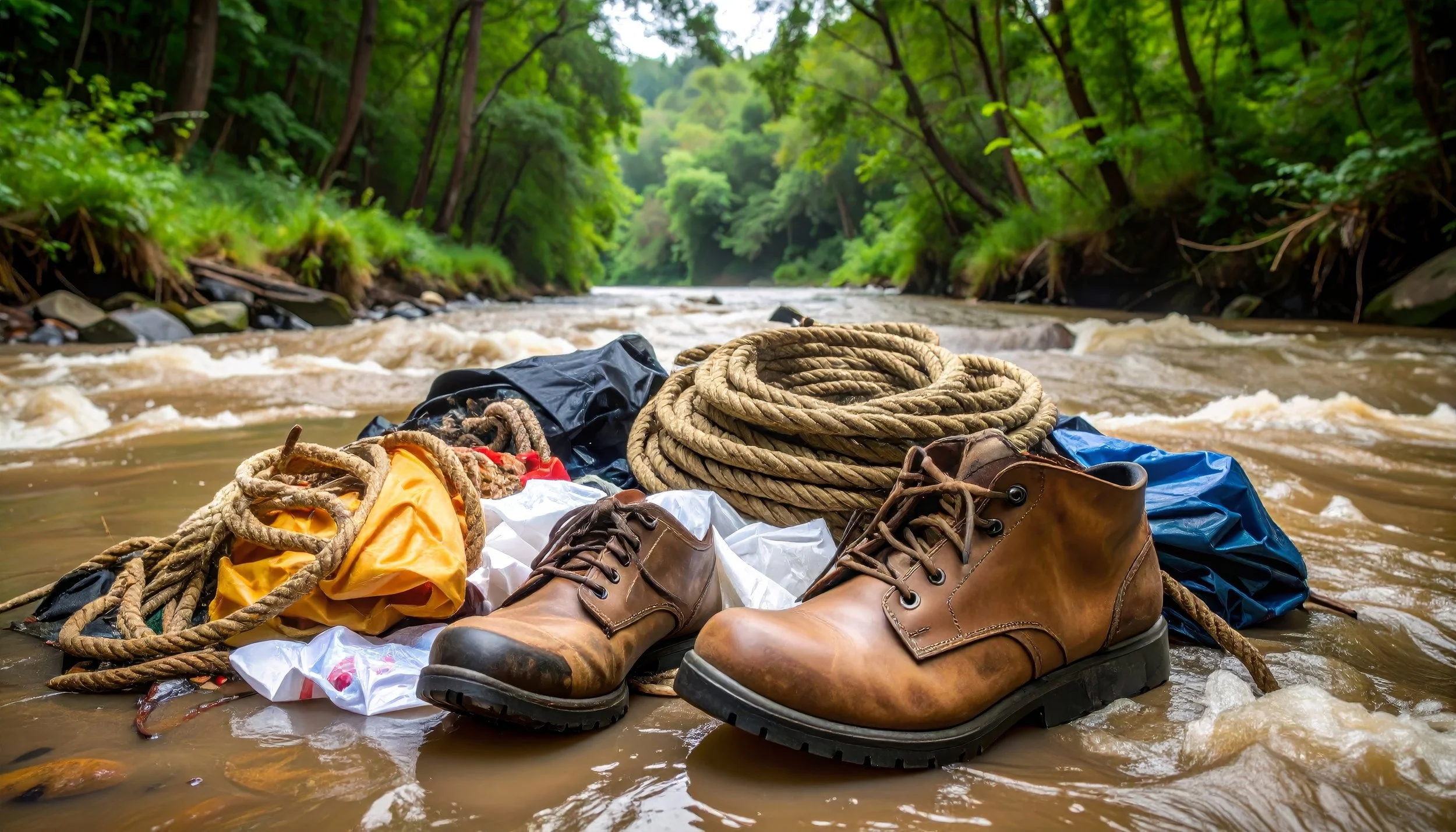Must-Have Whitewater Rafting Gear
Whether you’re preparing for your first rafting trip or upgrading your adventure setup, having the right equipment is key to a safe, comfortable, and memorable day on the river. While outfitters such as Deschutes River Adventures provide most of the essential safety equipment, knowing what to bring—and why—can help you feel confident and prepared. This rafting gear list covers the must-haves for beginners and seasoned rafters alike, blending practical advice with expert insight to make sure you’re fully equipped before hitting the rapids.
1. Essential Safety Gear
Safety always comes first in whitewater rafting. Outfitters supply and inspect the critical items, but it’s helpful to understand what each piece does.
Personal Flotation Device (PFD): A Coast Guard–approved life jacket is mandatory. It should fit snugly, stay buckled at all times, and provide buoyancy if you end up in the water.
Helmet: Protects against unexpected bumps from paddles, rocks, or even the raft itself. Choose one that fits securely without sliding.
Throw Bag: Guides carry this rescue tool—essentially a rope in a bag—to quickly pull someone back into the raft.
First Aid Kit: Carried by guides, these kits contain supplies for cuts, scrapes, or more serious injuries.
Whistle: Often attached to PFDs, whistles are used for emergency communication when voices can’t carry over rushing water.
According to the American Whitewater Association, the consistent use of properly fitted PFDs and helmets is one of the main reasons rafting maintains a strong safety record compared to other outdoor adventure sports.
2. Protective Clothing and Layering
Your clothing is just as important as the technical gear. Rivers vary in temperature and weather conditions, so dressing appropriately helps you stay safe and comfortable.
Wetsuit or Drysuit: Outfitters often provide these in colder seasons. Wetsuits insulate by trapping a thin layer of water against your skin, while drysuits keep you completely dry with waterproof fabric.
Splash Jacket: A lightweight, waterproof shell that blocks cold spray and wind.
Base Layers: Always avoid cotton, which holds water and chills you. Instead, wear synthetic or merino wool tops and leggings.
Neoprene Gloves and Socks: Add warmth and grip in colder conditions.
Sun Protection: In summer, wear a quick-dry shirt with UPF protection and secure a brimmed hat under your helmet.
3. Footwear for the River
Your shoes must be secure, comfortable, and designed for wet conditions.
Water Shoes or Booties: Neoprene options are ideal for cold rivers.
Sport Sandals with Straps: Brands like Teva or Chaco are great in warmer climates, as long as they’re securely strapped.
Avoid: Flip-flops, crocs, or loose sneakers that can slip off and leave your feet vulnerable on rocky riverbeds.
A solid shoe protects your feet during put-ins, take-outs, and unexpected swims.
4. Accessories That Make a Difference
Small items can dramatically improve your experience and safety.
Dry Bag: Keeps personal items—like phones, snacks, or dry clothing—protected from water. Many outfitters provide them, but having your own can be handy.
Water Bottle: Staying hydrated is crucial, even when surrounded by water. Clip it to the raft with a carabiner.
Sunscreen and Lip Balm: Water-resistant SPF products prevent painful burns, even on cloudy days.
Sunglasses with Strap: Polarized lenses reduce glare, and straps keep them secure.
Knife or Multi-Tool: Guides often carry one as a precaution in case ropes or gear need to be cut quickly.
5. Group and Guide Gear
Certain gear is carried by the guide or group for collective safety and efficiency.
Pump and Repair Kit: For inflatable rafts, these ensure any punctures can be managed mid-trip.
Spare Paddle: Every raft should have at least one extra in case of loss.
Navigation Tools: Maps or GPS devices, depending on the river and trip length.
Communication Devices: Radios or satellite messengers may be used on remote trips.
6. Personal Comfort Extras
While not essential for survival, these items make your trip more enjoyable:
Quick-Dry Towel: Compact and easy to pack.
Change of Clothes: Store in a dry bag for after the trip.
Snacks: Energy bars or trail mix are helpful on longer outings.
Camera (Waterproof or in Dry Case): Capture memories without risking your phone.
FAQs: Rafting Gear Questions Answered
Do I need to buy all this gear?
Not at all. Outfitters like Deschutes River Adventures supply helmets, PFDs, wetsuits, and splash jackets. Guests typically only need to bring personal clothing layers, secure footwear, and small comfort items.
What should I avoid bringing?
Avoid cotton clothing, jewelry, valuables, or unsecured items that could fall into the river.
How do I know if my gear fits properly?
Guides will check your PFD and helmet before launching. Clothing should fit snugly without restricting movement, and footwear should stay on securely even in strong currents.
Do families need different gear?
The essentials are the same, but children’s gear is sized appropriately. Outfitters carry youth PFDs and helmets to ensure safety for younger rafters.
With the right equipment, rafting shifts from intimidating to empowering. Knowing you’re properly outfitted allows you to focus on the fun—the laughter, splashes, and teamwork that make the river unforgettable.
If you’re ready to gear up for your next adventure, reach out to Deschutes River Adventures. Their team will provide expert guidance, quality gear, and the reassurance you need for a safe and thrilling river trip.

